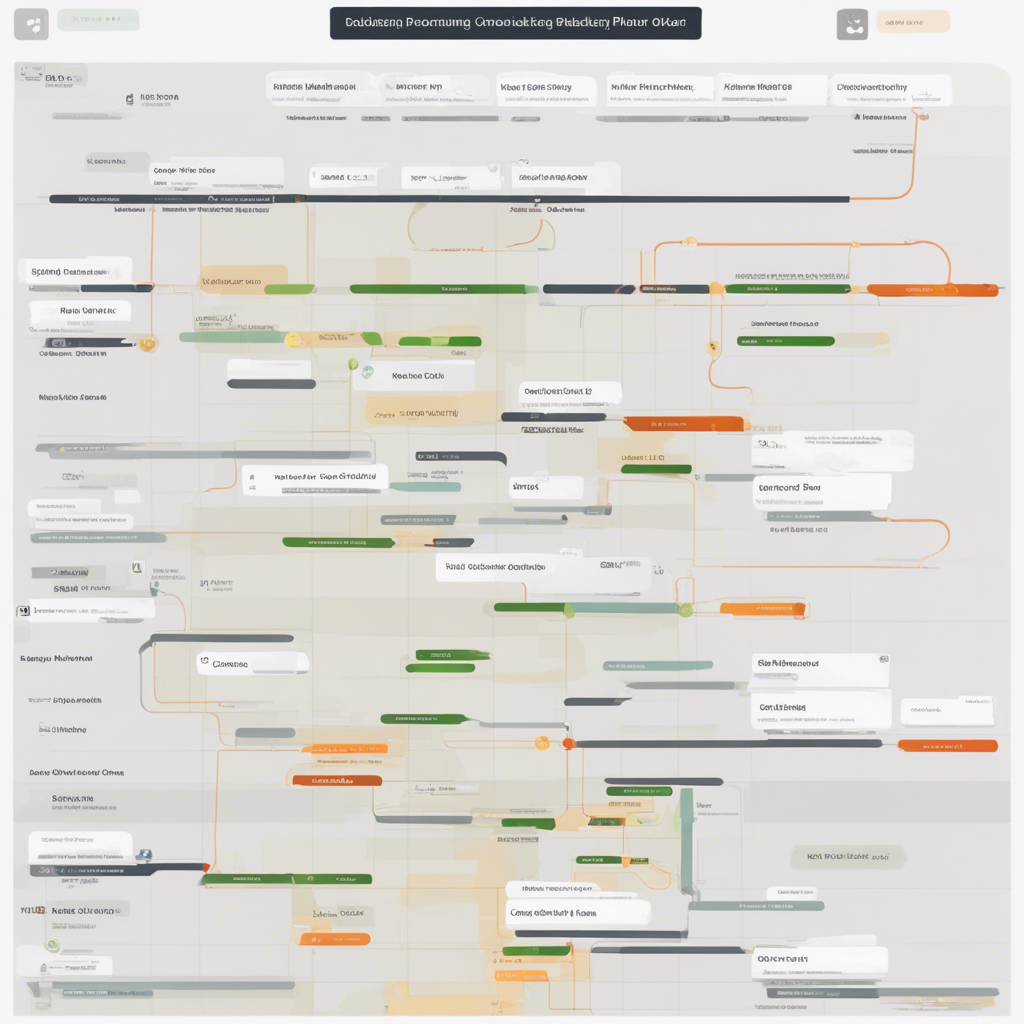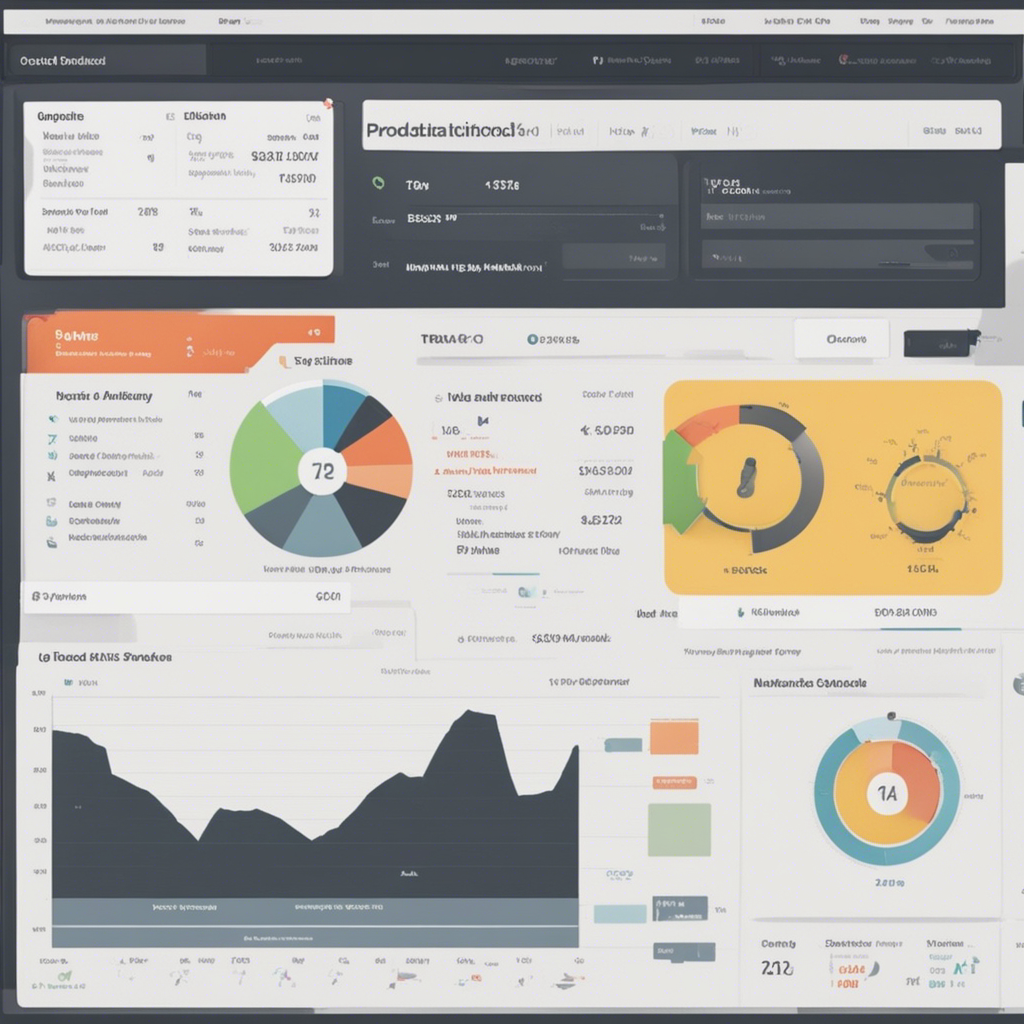
Pricing Strategies and Psychology: Setting the Optimal Price
Setting the right price for a product or service is paramount to the success of any business. The price not only impacts the revenue and profitability but also plays a crucial role in shaping consumers’ perception of the value and quality associated with the offering. In this blog post, we will delve into the fascinating world of pricing strategies and psychology, exploring the various factors that influence pricing decisions and providing valuable insights to help businesses set an optimal price.
Understanding Pricing Psychology
Before diving into pricing strategies, it is essential to grasp the psychological factors that influence consumers’ perception of price and value. By understanding these underlying mechanisms, businesses can make informed decisions and effectively shape customer behavior. Here are some key psychological elements to consider:
1. Anchoring and Adjustment
Anchoring refers to the tendency of individuals to rely heavily on the initial piece of information presented when making a decision. In the context of pricing, the first price seen by a customer acts as an anchor. Subsequent prices are then adjusted relative to this anchor. For example, if a customer sees a luxurious product priced at $2000 and then encounters a similar but less extravagant offering priced at $1000, they might perceive the latter as a better deal, even though objectively, it is still quite expensive.
2. The Power of Perception
Perceived value plays a pivotal role in determining whether customers feel a product or service is worth its price. Various factors contribute to this perception, such as quality, brand reputation, scarcity, and customer testimonials. Pricing strategies must consider and align with the desired perception that the business aims to create for its offerings.
3. The Endowment Effect
The endowment effect suggests that people tend to assign higher value to things they own compared to identical items they do not possess. Businesses can leverage this effect by offering personalized products or limited editions, thus increasing perceived value and justifying higher prices.
4. Price-Value Heuristics
Price-value heuristics are mental shortcuts that consumers use to evaluate the worthiness of a product or service. These heuristics can be influenced by various factors, including price comparisons, reference prices, and price points within specific categories. Understanding customers’ price-value heuristics can guide businesses in setting a price that matches the perceived value and encourages purchasing behavior.
Pricing Strategies
Armed with an understanding of pricing psychology, businesses can now explore different pricing strategies to set the optimal price for their offerings. Here are some proven strategies:
1. Cost-Based Pricing
Cost-based pricing, also known as cost-plus pricing, involves setting the price based on the production costs and adding a desired profit margin. This straightforward approach ensures that the cost is covered while allowing businesses to determine the volume needed to achieve profitability. However, cost-based pricing often fails to account for customer perception and market dynamics.
2. Value-Based Pricing
Value-based pricing focuses on aligning the price with the perceived value that customers assign to the product or service. This strategy requires a deep understanding of customers’ needs and preferences. By emphasizing the unique value proposition and addressing pain points, businesses can charge higher prices, as customers perceive greater value in the offering.
3. Psychological Pricing
Psychological pricing leverages the power of perception to nudge customers towards purchasing behavior. This strategy involves setting prices that end in certain digits, such as $29.99 instead of $30. The use of odd pricing ($X.99) creates the perception of a lower price, even though the difference is minimal. Additionally, bundle pricing, where products are bundled together at a slightly lower combined price, creates a perception of getting more value for the money.
4. Dynamic Pricing
Dynamic pricing entails adjusting prices in real-time based on market demand, customer behavior, and other external factors. This strategy is commonly used in industries like airlines, ride-sharing, and e-commerce. By leveraging data and algorithms, businesses can optimize their prices to maximize revenue and respond effectively to fluctuating market conditions.
5. Premium Pricing
Premium pricing aims to position a product or service as exceptional or exclusive, often targeting a specific market segment. This strategy relies on creating a perception of higher value and customer prestige associated with the offering. Luxury brands commonly use premium pricing to differentiate themselves and attract affluent customers who are willing to pay a premium for exclusivity and quality.
6. Freemium Pricing
Freemium pricing is a popular strategy in the digital world, where businesses offer a basic version of their product or service for free while charging for additional features or premium upgrades. This strategy helps attract a large user base and creates opportunities for upselling and cross-selling, as customers experience the value of the offering firsthand.
Conclusion
Setting the optimal price is a complex and multifaceted task, requiring businesses to consider both pricing psychology and effective pricing strategies. By understanding the psychological factors that shape consumers’ perception, businesses can harness the power of pricing to influence customer behavior positively. Furthermore, leveraging various pricing strategies, such as value-based pricing, psychological pricing, and premium pricing, enables businesses to maximize revenue while delivering value to customers.
Remember, pricing decisions should be data-driven, continuously monitored, and adapted based on market dynamics and customer feedback. Finding the right balance between profit maximization and customer satisfaction is crucial for long-term success.






